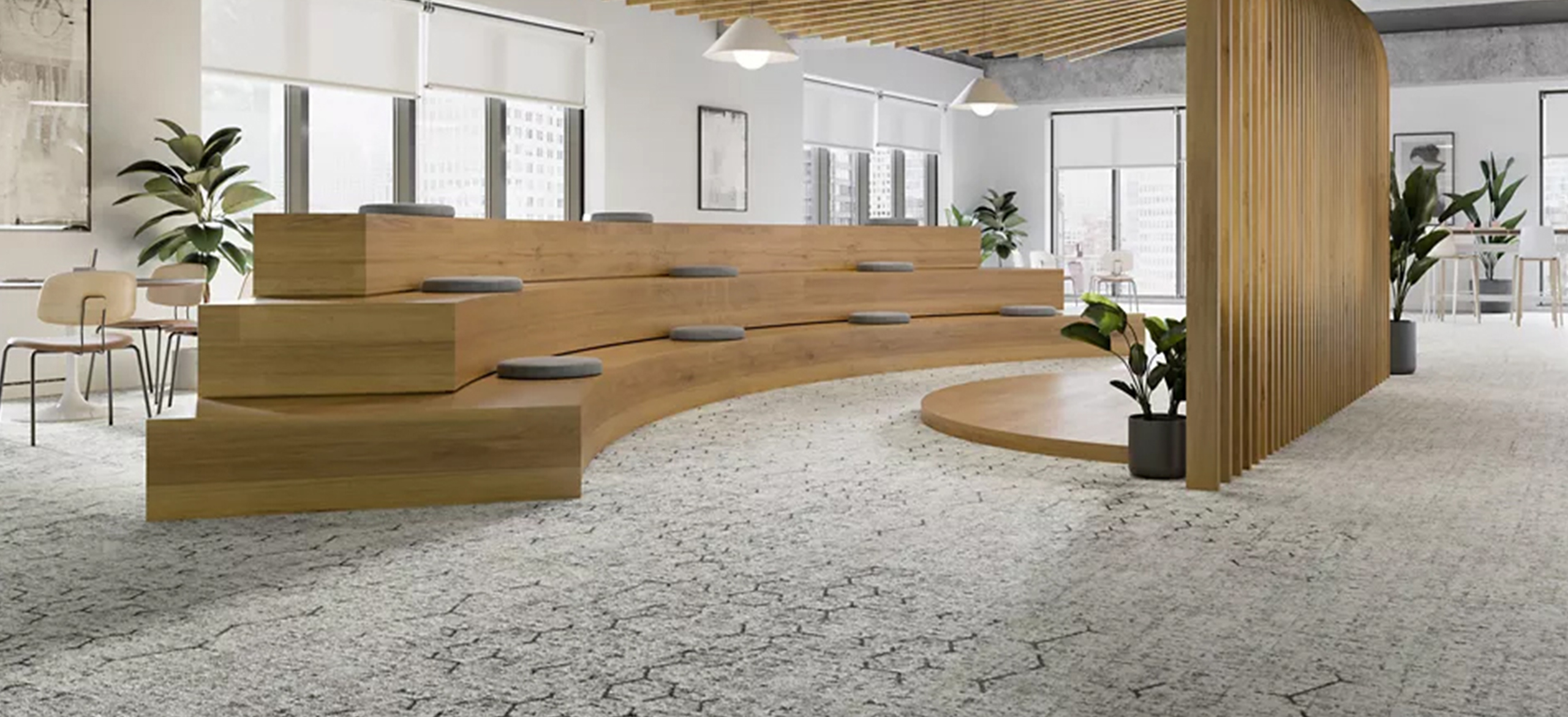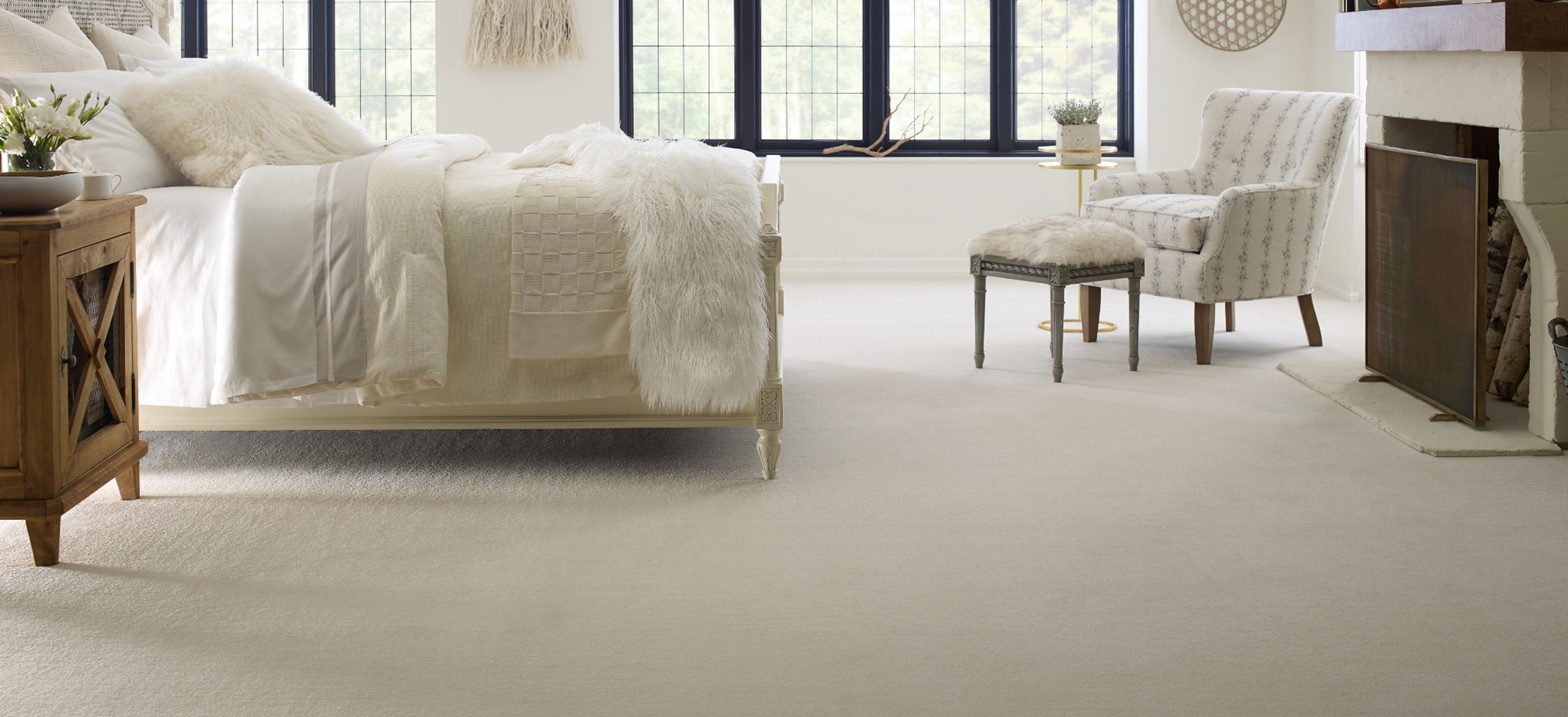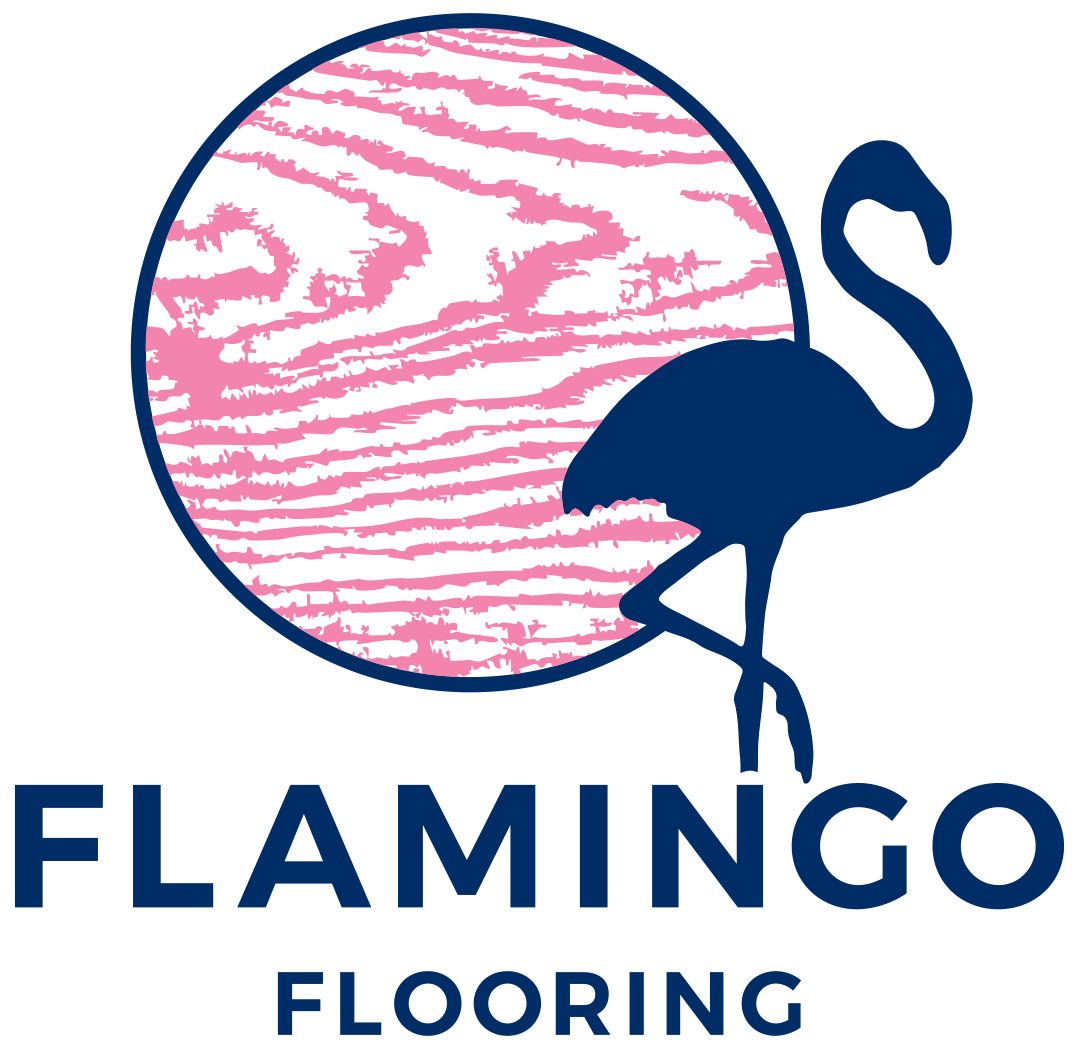Additional Flooring Types
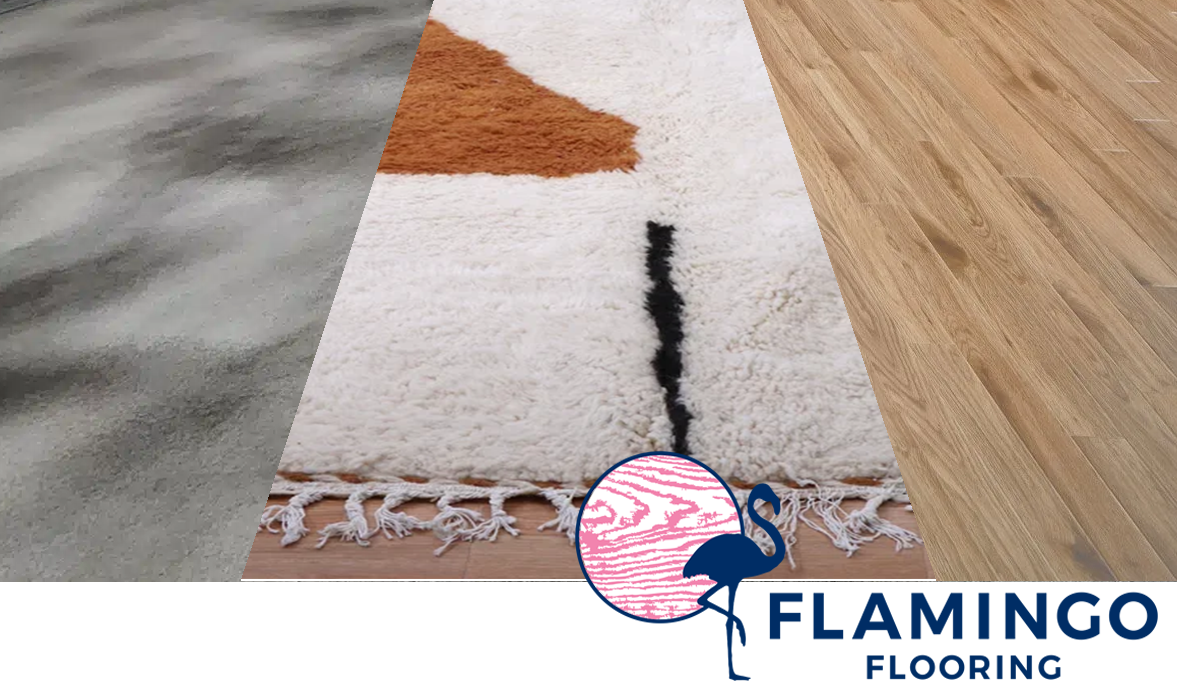
Access to Other Flooring Types
Bamboo Materials
Bamboo flooring is becoming increasingly popular in residential and commercial buildings, loved by many for its unique beauty, wide range of colors and tones, strength and durability, and eco-friendly nature. You can find the best bamboo flooring at Flamingo Flooring’s flooring specialists to suit all of your future flooring projects, from bamboo kitchen flooring to waterproof bamboo flooring for the bathroom. Various colors and sets are available.
Epoxy Resin
Since epoxy flooring utilizing sanded finishes provides outstanding value to residential and commercial buildings, homeowners and business owners are discovering its many benefits, which include:
- Low maintenance: Epoxy floors require minimal upkeep, reducing the time and resources needed for cleaning and maintenance, making them an economical choice for busy environments.
- Wide variety of finishes: ArmorPoxy offers a broad selection of colors and patterns, allowing customers to customize their flooring to suit their style and branding preferences.
- High durability: Our high-performance epoxy floors create a thick, protective layer that is over ten times thicker than standard floor paint, ensuring long-lasting durability against wear and tear.
- Slip resistance: Many epoxy flooring options come with slip-resistant features, enhancing safety in both residential and commercial environments, particularly in high-traffic areas.
- Chemical resistance: ArmorPoxy epoxy flooring is designed to withstand exposure to various chemicals, oils, and other fluids, making it ideal for industrial settings where spills are common.
Area Rugs
Machine-woven rugs are typically made on an electronically controlled power loom using synthetic fibers like nylon or polypropylene. Some are made with a blend of fibers, integrating wool and synthetic materials. Machine-woven rugs are a much more affordable option and come in a wide range of colors, shapes, and patterns. Plus, cleaning an area rug that’s machine-woven with a tight weave and made from moisture-wicking synthetic material is easier than some of the traditional types.
We can also make area rugs out of carpet remnants, with the proper binding around the edges any carpet piece can be placed in your home as an area rug.
Specialty Rugs
We do have our sources for specialty rugs, flatweave, braided, shag, hand-tufted, block printing, hand-knotted and more. When you contact our flooring specialists ask about what we have in stock and what we can do to put that space you want these rugs to pull together.
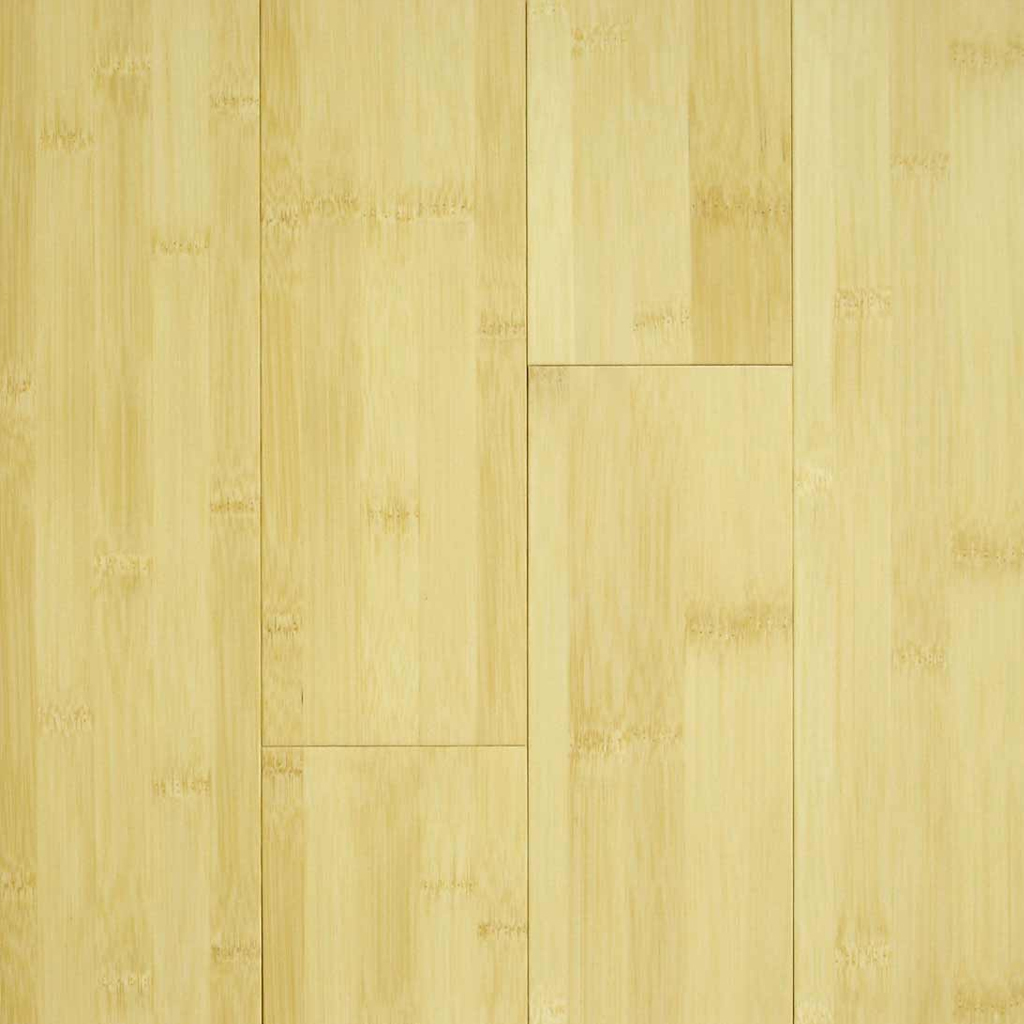
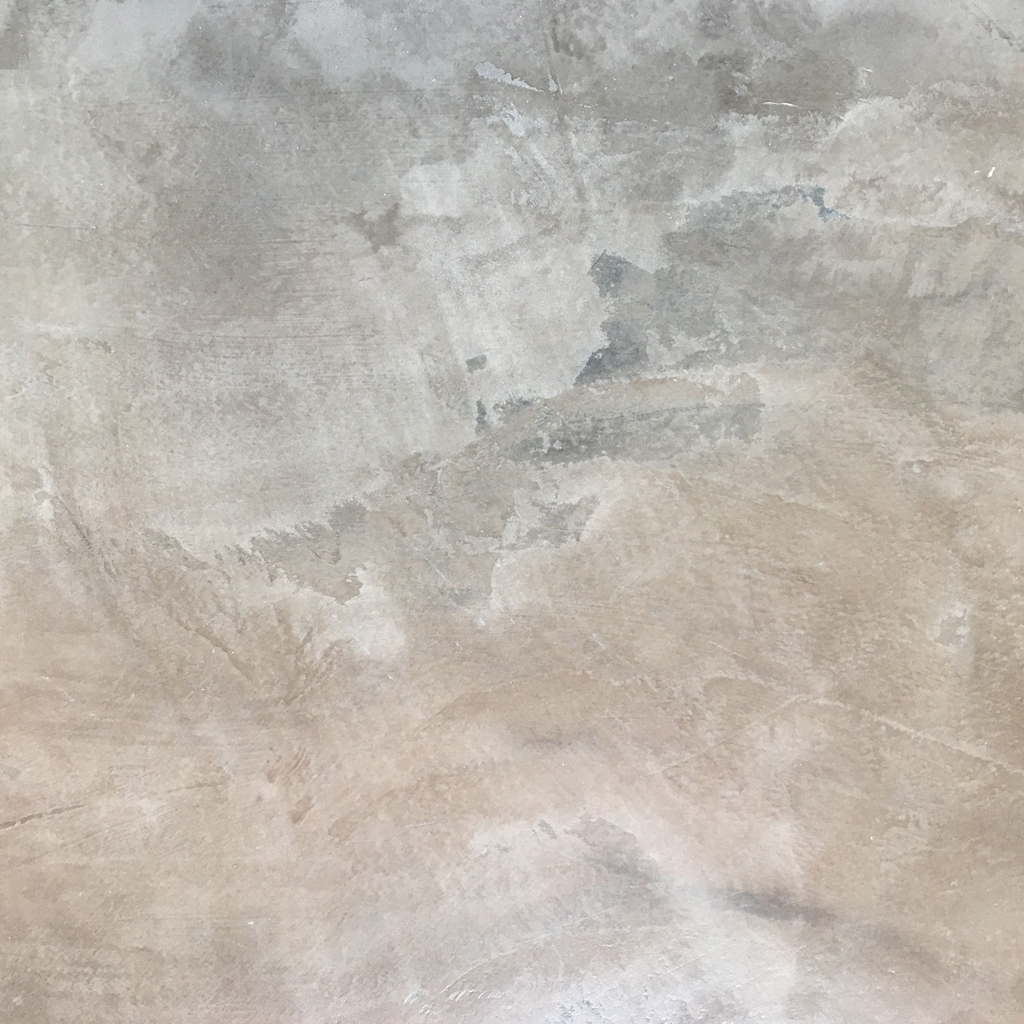


Have Something In Mind?
When you talk with our flooring specialists…
Laminate floors are tough and durable, so you don’t have to worry about an area rug damaging them. But as with hardwood floors, add some extra protection with a non-slip rug pad. Though it’s super rare, there have also been instances of rugs when a wet rug has caused discoloration to laminate flooring. A non-slip rug pad eliminates that risk.
No. 99% of the time, area rugs won’t damage hardwood floors. That said, even though area rugs are completely safe, it’s a good idea to inspect the back of the rug before purchasing.
Is the backing rough? Though a rough backing won’t damage properly sealed hardwood floors, a non-slip rug pad provides an extra layer of protection.
If you don’t want to purchase and apply a non-slip rug pad, consider a wool rug. The soft fibers in these rugs are guaranteed not to scratch or scuff your hardwood floors.
Epoxy floor coatings provide a wide array of color and finish options, allowing customization to fit any design preference or functional requirement.
Solid Colors: Epoxy coatings can be applied in single or multiple solid colors, offering a range of choices like tan, gray, blue, green, yellow, black, white, etc. This variety allows them to seamlessly integrate into any design scheme.
Metallic Colors: Metallic pigments in epoxy coatings create stunning effects by reflecting light and adding depth, movement, and dimension. Options include shades like silver, gold, copper, and bronze, offering a unique and modern aesthetic.
Glossy or Matte Finishes: The level of gloss or shine varies based on the type of epoxy and the top coat used. This choice affects the surface’s brightness and smoothness, ranging from high-gloss to matte finishes.
These options underscore the versatility of epoxy coatings, offering solutions that meet both aesthetic desires and practical needs.
Flakes or Chips: Adding flakes or chips enhances texture and contrast. They come in various sizes, shapes, and colors. As previously mentioned, they can be broadcasted over the base coat for a granite-like or terrazzo-like appearance.
Quartz or Sand: Incorporating quartz or sand adds slip resistance and durability and provides a natural or rustic look. These materials can be blended with different colors for custom designs.
Epoxy floor coatings are non-porous, making them slippery when wet. This also applies to their derivatives, like polyuria and polyurethane.
Most manufacturers recommend adding a non-slip additive during application to provide more traction.
Some popular anti-slip epoxy additives include:
- Decorative Color Flakes: These polymer paint aggregates are mixed with epoxy to add color and texture. They’re available in various sizes, shapes, and textures and can dramatically alter the floor’s look.
- Aluminum Oxide: Perfect for high-demand industrial environments, aluminum oxide provides an aggressive anti-slip texture without changing the epoxy coating’s properties. Unfortunately, this makes it tough on the skin and difficult to clean.
- Silica Sand: Integrating sand into the final coating creates a skid-resistant surface. Unfortunately, silica sand may crack and wear down in high-traffic areas.
- Shark Grip Additive: Shark Grip is compatible with both latex and oil-based paints. It should not be used with glossy finishes.
Bamboo flooring is rapidly becoming one of the most popular types of flooring. Here are a few reasons why you should choose a bamboo floor:
- Bamboo floors are easy to clean.
- Bamboo floors are ideal for allergy sufferers as they do not promote dust or harbor dust mites.
- Bamboo flooring is an inexpensive alternative to hardwood flooring, usually costing 25% to 50% less than hardwood.
- Bamboo flooring is long-lasting.
- Bamboo flooring can be installed over numerous types of sub-floors such as: wood, sheathing grade plywood, vinyl tile, concrete, or Oriented Strand Board.
- Bamboo floors are environmentally friendly. They use a quickly renewable crop. If they are made with safe resins, they have extremely low formaldehyde emissions and make excellent floors for healthy homes.
Technically, bamboo is considered a type of grass. There are several advantages to using bamboo flooring compared to hardwood flooring. First, bamboo flooring is an environmentally friendly product. It takes only a few years for a bamboo plant to grow to maturity, while it takes decades for hardwood trees. And when bamboo is harvested, the root continues to live and produces new stock. Each year, one “mother plant” generates several new bamboo stems that grow to full length in a few months, and to mature hardness in about five years. Bamboo plants are therefore quickly replenished following a harvest. Second, bamboo is harder than many hardwoods, including red oak, so it makes more durable flooring. Third, in most cases, bamboo is less expensive than hardwood while installation costs are the same. Hardwood installers and contractors need no additional training to install bamboo flooring. Bamboo can be installed using exactly




